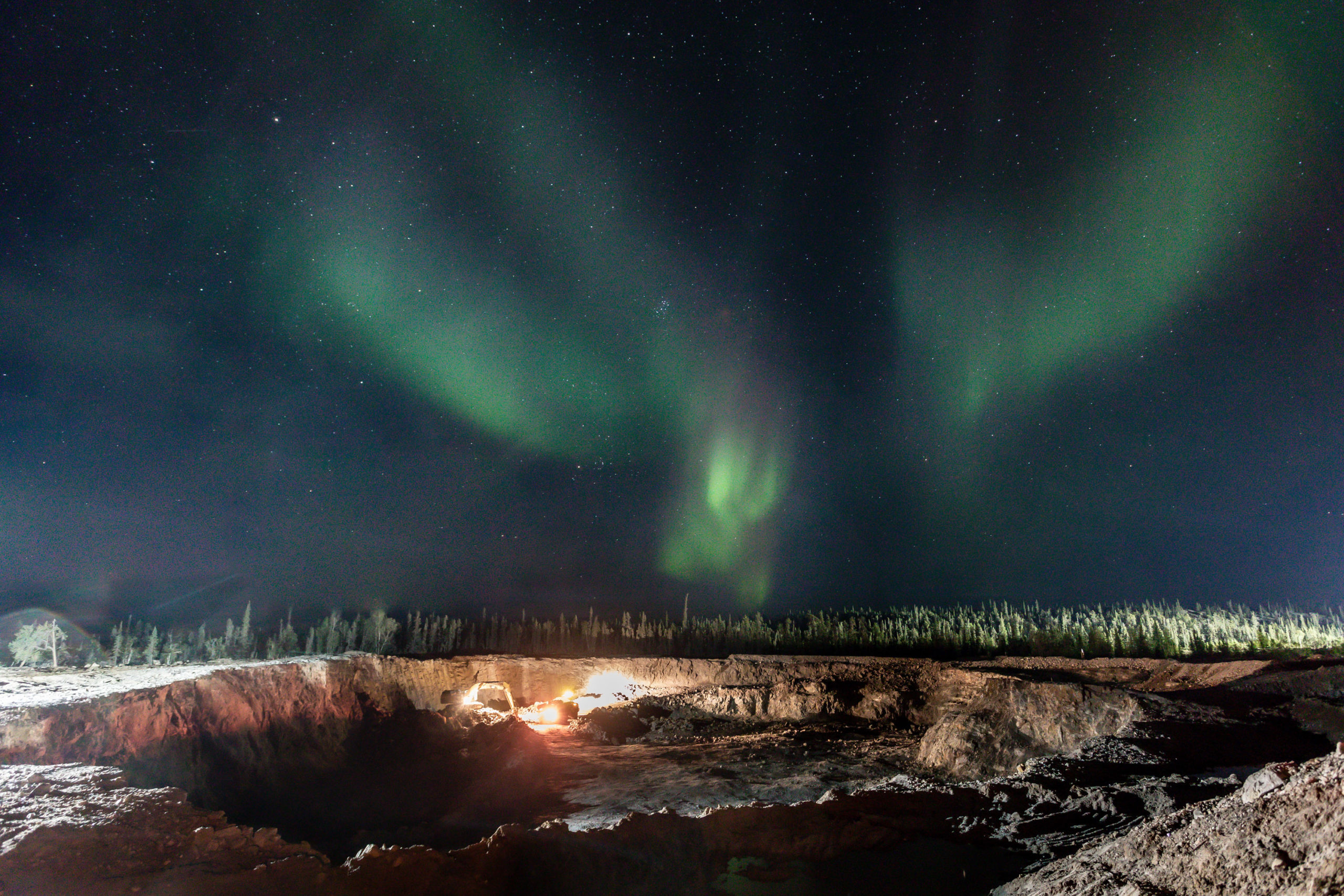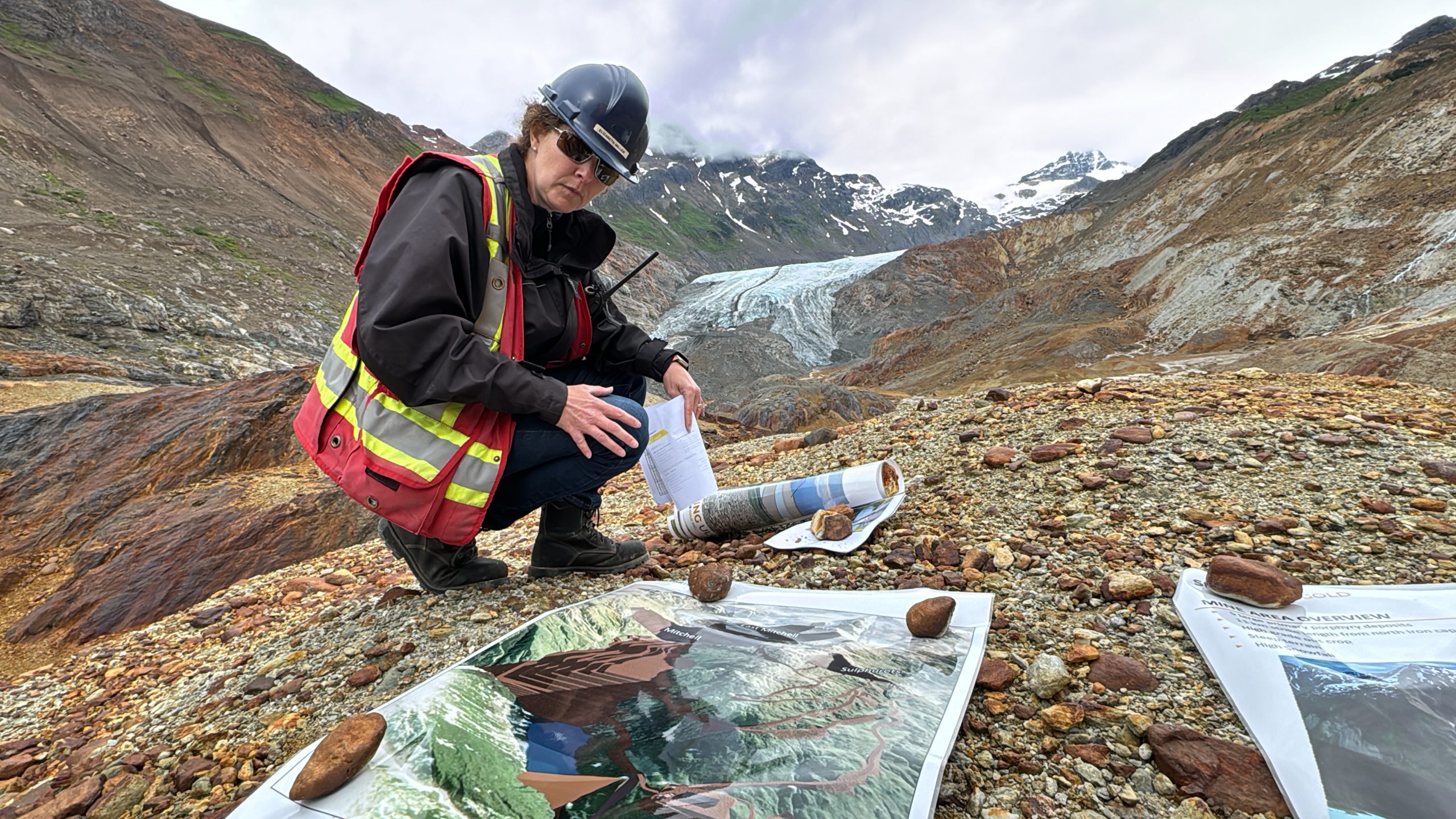The red metal is released into the environment from fungicides, brake pads, antifouling paints on boats and other sources.
According to the group behind the study, their findings answer, at least in part, a long-standing mystery about the origin of much of the methyl bromide and methyl chloride in the stratosphere.
They say that since the worldwide ban on chlorofluorocarbon (CFC) refrigerants and brominated halons used in fire extinguishers starting in 1989, these methyl halides have become the new dominant sources of ozone-depleting bromine and chlorine in the stratosphere. As the long-lived CFCs and halons slowly disappear from the atmosphere, the role of methyl halides increases.
“If we don’t know where methyl bromide and methyl chloride are coming from, then how can we make sure that those compounds are reduced along with CFCs?” the paper’s senior author, Robert Rhew, said in a media statement. “By 2050, we should be back to relatively normal ozone, but things like the continued emissions of methyl bromide and methyl chloride are road bumps in the road to recovery. Copper usage in the environment is projected to increase rapidly in the next few years, and this should be considered when predicting future halogen load and ozone recovery.”
Rhew pointed out that the persistence of the ozone hole is, for the most part, due to the persistence of banned ozone-depleting compounds, which take decades to dissipate in the stratosphere. But some ozone-depleting chemicals are still being emitted. Even some replacements for banned refrigerants are coming under scrutiny.
As an example, he mentioned that one atom of bromine is 50 times more destructive to ozone than one atom of chlorine.
Though methyl bromide is banned for use as an agricultural soil fumigant, it is still used as a pesticide for quarantine and pre-shipment of agricultural products. And methyl chloride is used as a chemical feedstock, although most of its emissions are believed to be from biomass burning or natural in origin.
However, the total amount of these methyl halides produced each year still does not add up to the observed yearly addition of these chemicals to the atmosphere, a fact that has puzzled scientists for more than 20 years.
It is estimated that about one-third of the methyl bromide and methyl chloride in the atmosphere comes from unknown sources. But the UC team findings suggest that copper is an important, if not the major, source of the missing methyl bromide and methyl chloride.
“We’ve banned methyl bromide, but are other changes that we’re making in the environment causing large emissions of this compound into the atmosphere? With the increase in the use of copper, it appears that copper-catalyzed production is an increasing source, as well,” Rhew said.
In the paper, Rhee and his colleagues explain that copper compounds are allowed on organic crops, a legacy of its use in farming since the 1700s, including as a major antifungal agent in the Bourdeaux mixture used since the 1880s in France to prevent downy mildew on grapes. Copper contamination of soils is a major issue today in Europe because of this history.
“Copper-based fungicides appear to have atmospheric side effects that might be considered in terms of overall environmental impact,” Yi Jiao, co-author of the study, Sao. “With the widespread use of copper in the environment, this potentially growing impact should be considered when predicting future halogen load and ozone recovery.”
The experiment
To reach their conclusions, Jiao and Rhew designed a series of thorough experiments, obtaining soil samples from an agricultural research plot located near the UC Berkeley campus and subjecting them to various treatments, including different amounts of copper and oxidants. While copper alone in soil and seawater produced some methyl bromide and methyl chloride, the addition of sunlight and/or hydrogen peroxide — which is produced in soil by microbes or sunlight — generated more than five times the amount of methyl halides and prolonged the activity of copper from about a week to between two and three weeks.
When Yi sterilized the soil, the amount of methyl halide production rose even more. On the other hand, after burning off all the organic material, soil incubated with copper produced no methyl halides. That led him to focus on chemicals — catechol and guaiacol — often used as proxies for soil organic carbon because they each contain a phenol ring structure, like those found in organic matter.
Adding increasing amounts of either copper sulfate or hydrogen peroxide to catechol-halide solutions increased emissions of methyl halides, as well, whereas emissions were near zero when any of these substrates was missing. Subsequently, Yi found that sunlight served a similar function as hydrogen peroxide in boosting methyl halide production. In seawater, exposing copper-amended solutions to sunlight increased emissions fourfold.
The researchers suspect that one common form of copper ion, Cu(II), is oxidizing organic material to liberate methyl radicals, which readily combine with chlorine and other halogens in the soil or seawater to form methyl halides. Both sunlight and hydrogen peroxide subsequently reoxidize the copper — from its cuprous (I) to cupric (II) state — so that it can act again and again to generate more methyl halides.
“We did a back-of-the-envelope calculation to see the impact copper sulfate would have and estimated that it could be responsible for 4.1 gigagrams of methyl bromide per year, which would be about 10% of the missing source,” Rhew said. “That’s pretty substantial, and that’s only looking at copper sulfate. Maybe even more widely used is another copper compound called copper hydroxide. So, this is just the beginning of our understanding of what copper’s impact is on halocarbon chemistry.”
Jiao noted that this also doesn’t take into account the potential oceanic emissions associated with copper in runoff.
In his view and that of his colleagues, much more research needs to be done to determine which copper compounds are the most potent producers of methyl halides in soil and seawater and how much is actually produced.




